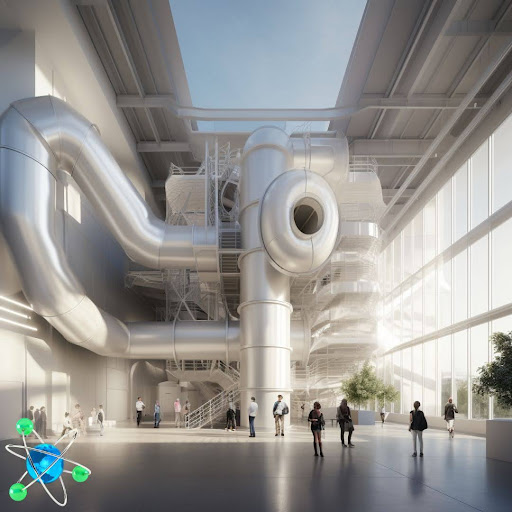
- Explore the subterranean realm of the Waste Isolation Pilot Plant (WIPP), delving more than 2000 feet into an ancient salt formation, where meticulously crafted panels serve as the exclusive repository for transuranic waste disposal.
- Intricate Processes and Precision: Witness the intricate two-year journey of creating each panel, involving the continuous miner’s dance through salt rock, the sealing of drums containing TRU waste, and the natural movement of salt rock that encapsulates and closes mined openings.
- Engineering Marvels and Environmental Commitment: Marvel at the engineering feats, from the construction of new panels to the connection of Panel 11 to WIPP’s air intake shaft, all supporting the continuous, safe, and compliant disposal of waste while aligning with environmental cleanup and national security missions.
Nestled over 2000 feet beneath the Earth’s surface within an ancient salt formation, the Waste Isolation Pilot Plant (WIPP) stands as the exclusive repository in the United States for the disposal of transuranic (TRU) waste. TRU waste encompasses clothing, tools, rags, residues, debris, soil, and other items tainted with small quantities of plutonium and other human-made radioactive elements from the US military program. These materials are meticulously sealed in drums and allocated to designated “rooms” within expansive panels.
Each panel, a construction marvel, spans 300 feet in length, 33 feet in width, and 14 feet in height, comprising seven individual rooms. The intricate process of cutting and outfitting a panel spans approximately two years, demanding the extraction of around 120,000 tons of salt rock. A continuous miner, equipped with a rotating drum, meticulously carves into the salt rock, generating a remarkable 10 tonnes of salt per minute. This salt is then either transported for utilization elsewhere in the underground facility or hoisted to a salt tailings pile on the surface.
The cyclical nature of the salt rock, undergoing natural movements that eventually encapsulate the waste permanently, prompts the closure of mined openings. Mining operations at WIPP are strategically timed to synchronize panel readiness with waste emplacement requirements. At present, waste is being emplaced in Panel 8, with Room 7 already filled.
In an orchestrated effort to sustain the seamless disposal of waste, the Department of Energy (DOE) emphasizes the importance of creating new panels. This not only ensures a safe and compliant waste emplacement process but also aligns with environmental cleanup and national security objectives. Notably, Panel 11 is strategically connected to WIPP’s recently constructed air intake shaft, a pivotal component of a significant investment project aimed at enhancing airflow. This new addition, coupled with nearly half a mile of fresh pathways, establishes a robust network linking Panel 11 to the broader underground facility.
